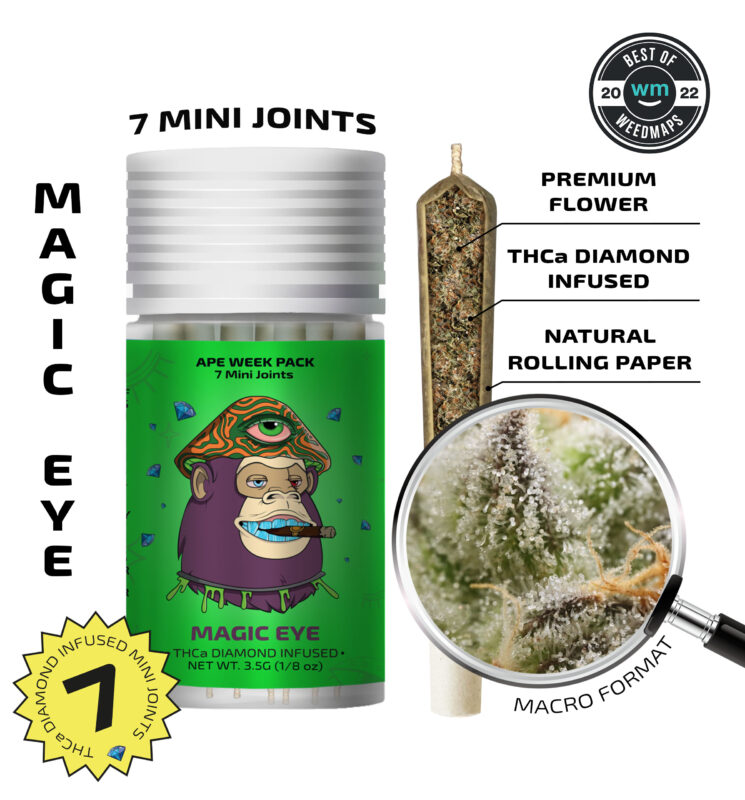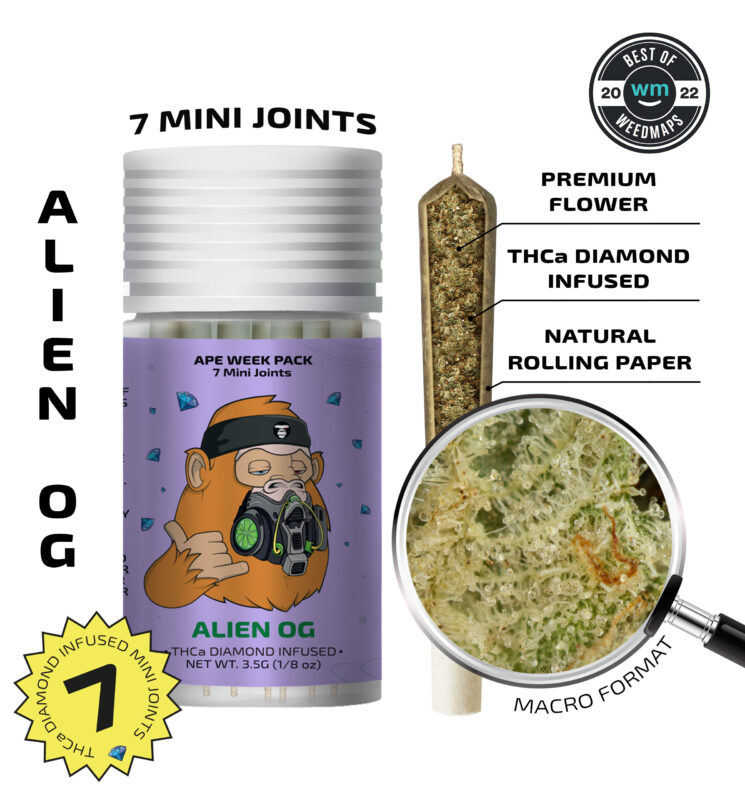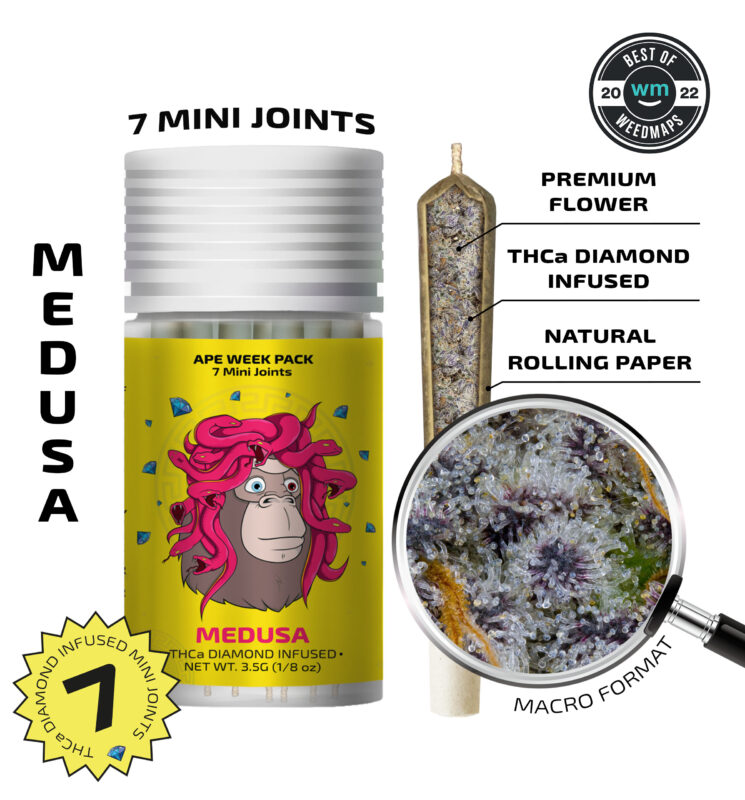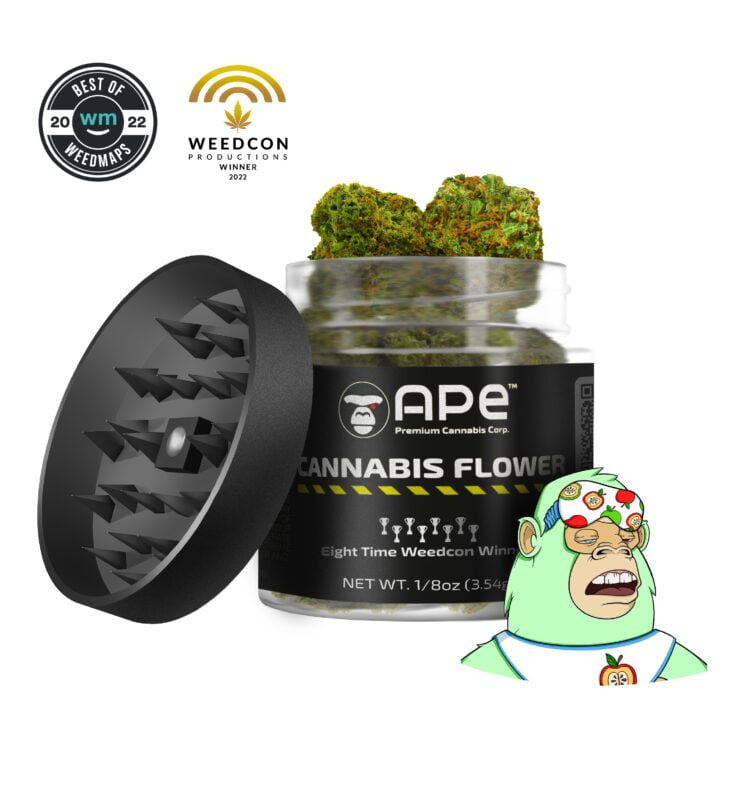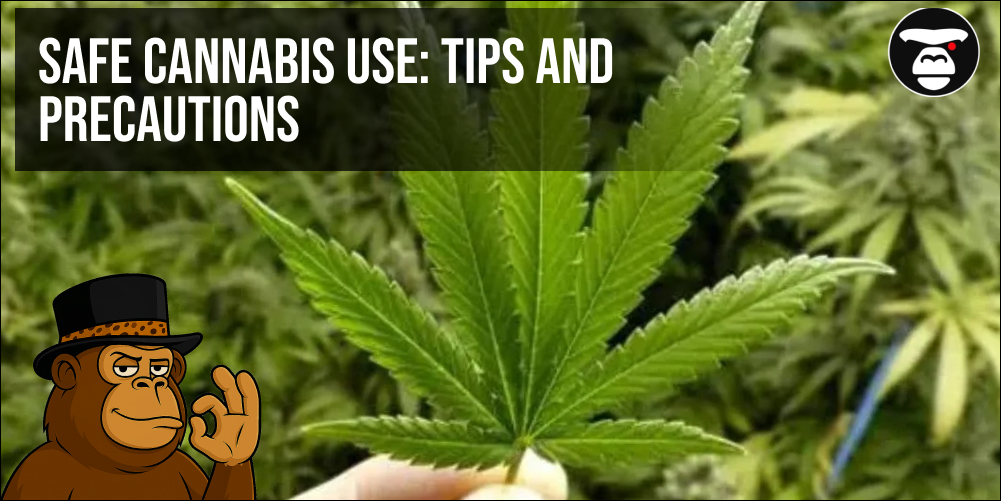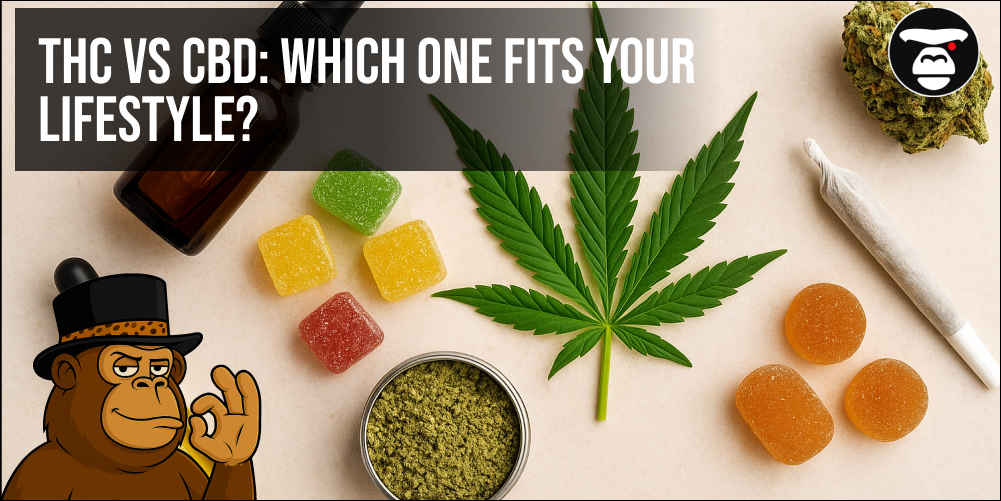Indoor vs Outdoor Grown Cannabis: Which Is Better in 2025?
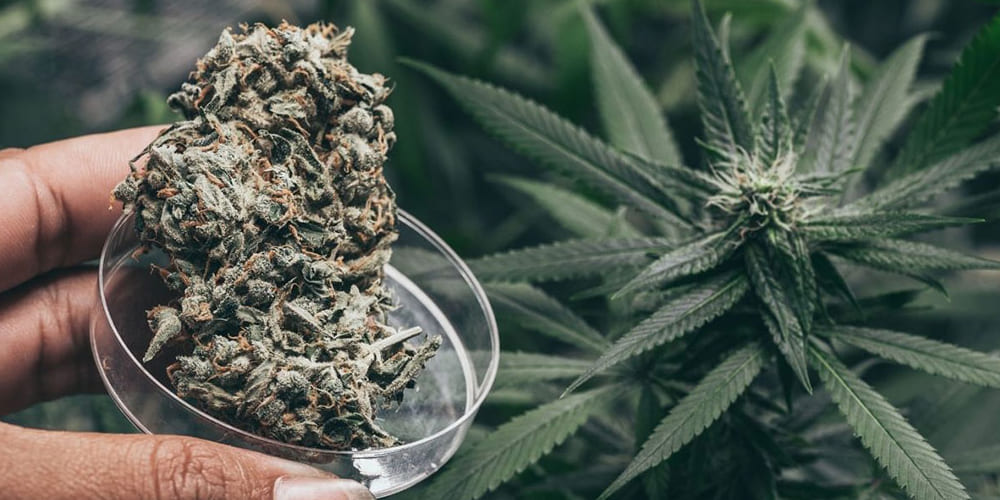
Indoor vs Outdoor Grown Cannabis: Which Is Better? When it comes to choosing between Indoor and Outdoor grown cannabis, the decision is not always straightforward. Some prefer the consistency and potency offered by controlled indoor conditions, while others favor the natural, aromatic qualities of Outdoor plants. Both methods have their unique characteristics, and each cultivation process is worthy of attention. But which one is truly better?
In this article, we’ll dive into the nuances of each method and help you answer the question: which cannabis is right for you?
What Is Indoor Grown Cannabis?
Indoor cannabis is grown in specially designed environments, such as greenhouses or grow rooms, where every element of the plant’s life cycle is carefully controlled. Temperature, humidity, light intensity, and even CO2 levels can be adjusted to create optimal growing conditions. This allows for year-round cultivation and precise control over plant health and quality.
Advantages of Indoor Cannabis:
- Controlled Environment: Every aspect of the plant’s growth cycle is optimized, resulting in consistent, high-quality cannabis.
- Higher Potency: Indoor conditions tend to produce cannabis with higher THC levels because all the environmental variables are meticulously adjusted for maximum yield and potency.
- Cleaner Product: Because Indoor cannabis is grown in a controlled environment, it is less likely to be exposed to pests, diseases, or contaminants.
- Visual Appeal: Indoor plants often appear more aesthetically pleasing, with dense buds, vibrant colors, and a significant amount of trichomes (crystals).
Drawbacks:
- High Costs: Indoor growing requires substantial investments in lighting, ventilation systems, and climate control equipment. This makes it a costly endeavor.
- Environmental Impact: The energy-intensive nature of Indoor cultivation contributes to a higher carbon footprint.
- Space Limitations: Grow rooms or greenhouses can limit the number of plants that can be cultivated at once, reducing overall yields compared to Outdoor cultivation.
- Blue Dream Disposable Vape 1g Hybrid
- Vaping Weed in Houston
- The Rise of Hybrid Cannabis Strains in California
Indoor Cannabis: Innovation and Technology
The rise of Indoor cannabis cultivation has been largely driven by technological advancements. In modern Indoor grow operations, growers use state-of-the-art lighting systems, hydroponics, and automated systems to maximize efficiency and quality. LED lights, for instance, provide the optimal spectrum of light for cannabis plants, allowing for precise control over growth patterns, color, and resin production. The use of hydroponics and aeroponics also eliminates the need for soil, providing the plants with the exact nutrients they need. These innovations ensure that Indoor cannabis can thrive in even the most controlled environments, regardless of the external climate.
With the ability to automate watering, temperature control, and light cycles, growers can easily scale their operations and produce consistent, high-quality cannabis year-round. Moreover, these technological innovations have made it possible for hobbyist growers to set up Indoor grow systems in smaller spaces, from basements to apartments. However, this increased reliance on technology also means that Indoor cultivation remains resource-intensive, which can affect both its cost and environmental footprint.

What Is Outdoor Grown Cannabis?
Outdoor cannabis is grown naturally under the open sky, using sunlight, rain, and the surrounding environment to nourish the plants. This method is entirely dependent on seasonal weather conditions and the regional climate.
Advantages of Outdoor Cannabis:
- Cost-Effective: Growing Outdoor cannabis relies on natural sunlight and rain, significantly reducing costs compared to Indoor methods that require artificial lighting and climate control.
- Sustainability: Outdoor cultivation is more eco-friendly, as it requires fewer resources and produces less environmental impact.
- Larger Yields: Plants grown Outdoor tend to have a larger growth area and can yield more than their Indoor counterparts.
- Rich Terpene Profile: Outdoor cannabis is often praised for its complex and rich aromas, as the natural conditions foster the development of terpenes, which contribute to the unique scent and flavor profiles of the strain.
Drawbacks:
- Weather Dependency: Outdoor cultivation is at the mercy of the local climate. Extreme weather conditions, such as heavy rain, drought, or frost, can severely affect the yield and quality of the cannabis.
- Seasonal Limitations: Growing Outdoor cannabis is only possible during specific seasons, limiting the number of harvests that can be collected per year.
- Vulnerability to Pests and Diseases: Without the controlled environment of Indoor cultivation, Outdoor plants are more susceptible to pests and diseases.
Outdoor Cannabis and Terroir: The Impact of the Environment
One of the most significant advantages of Outdoor cannabis is the impact of the “terroir” — a term used in agriculture to describe how environmental factors like soil, climate, and location affect the flavor, aroma, and overall quality of the product. Unlike Indoor cannabis, which is grown in a controlled environment, Outdoor cannabis is influenced by the natural elements around it, such as sunlight, wind, rainfall, and soil quality. These elements can result in unique terpene profiles that vary from one region to another, creating a distinct flavor and aroma for each batch.
The diversity of climates and soil types around the world allows for a wide variety of cannabis strains to flourish outdoors. For example, cannabis grown in coastal regions often has a salty, earthy aroma, while plants grown in mountainous areas may have a piney or floral scent. This variability makes Outdoor cannabis particularly appealing to connoisseurs who appreciate the nuances of different strains. Additionally, the connection to the land and the natural environment adds an organic, holistic quality to the product, which many consumers value.

Quality: Indoor vs Outdoor Cannabis
Each growing method has its own influence on the final product’s quality, and the choice largely depends on what you are looking for in cannabis.
Potency
Indoor cannabis is generally stronger in terms of THC content, thanks to the ability to manipulate every aspect of the plant’s environment for optimal growth. However, this doesn’t mean Outdoor cannabis is necessarily weaker. Some Outdoor strains, grown in perfect conditions, can have potent levels of THC, though they may not be as consistent as their Indoor counterparts.
Flavor and Aroma
One of the biggest advantages of Outdoor cannabis is its natural, full-bodied flavor and aroma. The presence of diverse soil types, environmental factors, and natural sunlight all contribute to a wide variety of terpenes that create a rich and unique scent. Indoor cannabis, while still flavorful, often has a cleaner and more uniform taste, due to its controlled environment.
Appearance
Indoor cannabis often boasts a more uniform and aesthetically pleasing appearance. The buds are typically denser, brighter, and more covered in trichomes. Outdoor cannabis, on the other hand, might look more varied in shape and size, and the buds may be looser or fluffier, but this does not necessarily mean lower quality.
Sustainability
When it comes to environmental impact, Outdoor cannabis has the edge. Since Outdoor cultivation uses natural sunlight and rain, it is a more sustainable and eco-friendly choice compared to Indoor growing, which requires artificial lighting, electricity, and more resources.

Choosing the Right Cannabis for You
The choice between Indoor and Outdoor cannabis largely depends on what you value most in your product. If you are looking for potent cannabis with a consistent, high-quality yield, Indoor cultivation might be your best bet. On the other hand, if you are looking for a more sustainable, eco-friendly product with rich flavors and aromas, Outdoor cannabis may be the way to go.
The Climate Factor in Outdoor Cannabis Growing
Climate plays a pivotal role in Outdoor cannabis cultivation. In regions with ideal growing conditions—such as California or parts of Europe—Outdoor cannabis can thrive, producing high-quality, potent products. However, in regions with harsh winters or frequent rainfall, Outdoor cultivation can be riskier and less reliable. Growers in these areas may struggle to maintain the quality of their crop, especially when faced with extreme weather conditions like heavy rains, storms, or even snow.
Hybrid Growing Methods: A Middle Ground
Some growers have opted for hybrid methods, combining the best of both worlds: the natural elements of Outdoor cultivation with the precision of Indoor growing. By using greenhouses or controlled outdoor environments, growers can harness natural sunlight while protecting their plants from the elements. This allows for the benefits of Outdoor cultivation, such as larger yields and unique terpenes, while providing the added control and consistency of Indoor environments.
The Future of Cannabis Cultivation: Combining Indoor and Outdoor Techniques
As the cannabis industry continues to grow, many growers are experimenting with hybrid cultivation techniques that combine the best aspects of both Indoor and Outdoor methods. By using greenhouses or indoor-outdoor hybrid systems, growers can achieve the benefits of both worlds. For example, greenhouse cultivation allows cannabis plants to receive natural sunlight while still offering protection from extreme weather conditions. This method reduces energy consumption compared to traditional Indoor growing, while still maintaining some degree of control over environmental factors.
Furthermore, some growers are using advanced data collection tools, like sensors and environmental monitoring systems, to gather real-time data on temperature, humidity, and other factors that influence plant growth. This data can then be used to fine-tune cultivation methods, whether the plants are grown indoors or outdoors. By combining the precision of Indoor cultivation with the natural elements of Outdoor growing, the future of cannabis cultivation looks set to offer even more sustainable, efficient, and high-quality options for both growers and consumers.
Conclusion: What’s Best for You?
Ultimately, the choice between Indoor and Outdoor cannabis depends on your priorities. If potency, consistency, and aesthetics are most important, Indoor cannabis may be the better choice. However, if sustainability, rich flavors, and a more natural growing process are what you value, Outdoor cannabis is likely to be more suitable. Both methods offer distinct advantages, and the best choice depends on your individual needs and preferences.




